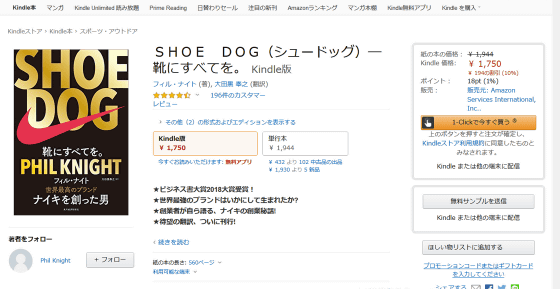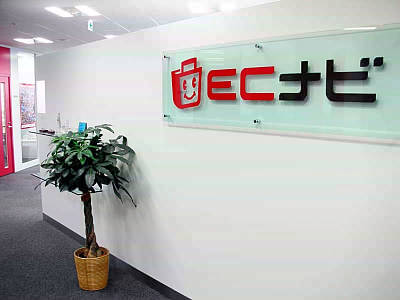To learn from 'How Nike sold the first 50,000 feet'

by
The brand 'Nike' built up from scratch on a global scale by Phil Knight, a certified public accountant who acquired the US distribution right of 'Onitsuka Tiger', the predecessor of ASICS, in 1962. Every company is initially a startup and has its own secrets, but there is a history of how Nike has sold the first 50,000 feet.
How Nike sold its first 50,000 shoes
https://marketingexamples.com/direct/how-nike-sold-first-shoes
Phil Knight, Nike's founder, quit his accountant in 1964, running his car and selling his shoes. The early knight's marketing strategy was so simple that they would walk across the athletics in the Pacific Northwest and show off their shoes to coaches, runners, and fans. The strategy worked quite well, saying 'it was too late to write a written order'.

Knight then hired his first employee, Jeff Johnson, in 1965. Johnson has sold 3250 pairs of shoes in 10 months. Knight refers to Johnson as a 'oneself impossible' feat.
Johnson's strategy was the same as Knight, going to athletics, standing in the field and chatting with high school athletes coaches. However, in building relationships with customers, Johnson's talent was at an unbeatable level.
Johnson used to make an index card for his customers every time he sold shoes. The card contains all the details of the customer's shoe size, shoe preferences, long / short distance preferences, etc.

With this information, Johnson sent birthday cards, training tips, and a pre-event cheer message. The response rate to Johnson's message like a modern mailing list was 95% whopping, and customers were telling Johnson about their life, injuries and problems.
But it's not just the mailing list that makes Johnson famous. The ability to go one step further in everything was a big reason.
For example, if a customer says, 'This shoe does not have enough cushions to withstand long distances,' Johnson hires a shoemaker with a new rubber sole and sends new shoes to the customer within a few days. Yes. The customer later decided to win the Boston Marathon.
Then in 1967, Knight imposed on Johnson the task of 'establishing a company called Blue Ribbon Sports on the east coast'. This means rebuilding the network from scratch.
Johnson once again took the strategy of using the index card and went around the students homes and introduced their shoes until they found a track competition star on the east coast. Here too, Johnson is liked by the students' families and will be called for dinner, and running with them will give him the position of a 'respected coach'.

by Pat Kwon
In a nutshell, Johnson's outstanding ability was to turn customers into fans. When a customer becomes a fan, the customer begins selling Johnson's products to others.
Even if you scroll through Instagram and get an advertisement for running shoes, people don't talk to friends.
Johnson passionately attracted people, made shoes perfect for his opponent, encouraged before the tournament, ate meals with his family, and sent cards on his birthday. People did not talk to acquaintances about Johnson's shoes, but to people throughout Johnson's running club.
In recent years, people often try to acquire the first customer in digital rather than in their own hands, and those who put on a suit from inside a glass office say, 'If CPA , CPL , CTR , CLV are optimized, it is important It is likely to be online. '
Of course, it is also important to increase the number of followers on your Facebook page, and if you are lucky you can increase 325 followers in a year. But the fact that Johnson should have sold 3250 pairs of shoes in a year, starting with nothing, is a fact to keep in mind.
Startups succeed because the founders 'made the company successful' and not just waiting for users. The story of how Knight and Johnson made Nike a success is an important example of this.
Phil Knight's autobiography can also be purchased in Japanese. Amazon's review is as follows.
SHOE DOG-everything on shoes. Phil Knight, Nobuyuki Ota | Sports | Kindle Store | Amazon

For young people who are worried about the way to go
It is one book I want to recommend. I would like you to find your own path according to your convictions, not whether it is as successful as he is, not the life of a person, nor the size of a company or organization. As introduced in this book, I think that people like Nissho Iwai in the past have made their own way according to their own convictions. It is recommended, including some regrets from the elders who will meet the 60th anniversary in the next two years.
Related Posts:
in Note, Posted by darkhorse_log







